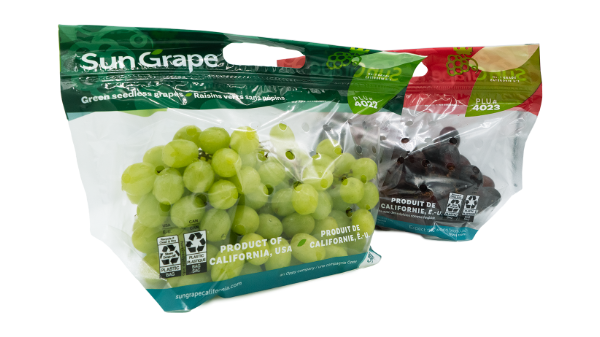Welcome to Blue Book!
Are you ready to join the thousands of companies who rely on Blue Book to drive smarter decisions? View our plans and get started today!
Still have questions? We’d love to show you what Blue Book can do for you. Drop us a line– we’ve been waiting for you.
A sizeable crop?
And like several other years, this season’s apple crop—in Washington, at least—is projected to be a big one, though probably not a record-breaker at approximately 132 million standard 40-pound boxes (last year came in at 115 million boxes, and 2014 hit a record at over 141 million boxes).
“We’re on pace to have one of the largest marketable crops in Washington State history, with size peaking on 80/88/100 count in most varieties. Also, due to weather,” Hartmann notes, “the crop started about one week earlier than initial projections on most apple and pear varieties, which is helping close the gap between storage and new crop availability.”

A sizeable crop, in both senses of the word, is good news to Symms. She says last season there was a dearth of large apples, and not enough to go around for the grower-shipper’s customers.
“Last year, there wasn’t as much larger fruit, only smaller fruit available,” Symms notes, “so it definitely had an impact on us. This year, the outlook shows more larger-sized apples out there.”
Workers are still scarce
In addition, with the entire pome fruit industry drawing from the same pool of workers at peak harvest times, labor remains a top concern.
The time sensitive and labor-intensive crops “create a highly competitive landscape for attracting and retaining labor,” confirms Byron Borton, chief visionary officer of Borton & Sons, Inc.
Although growers are using the federal H-2A visa program, with crews even coming in from the Caribbean, Byrne says “everyone in agriculture is keeping an eye on legislation, to make sure they can come up with enough labor.”
Seeds for Thought
Although land development pressure is escalating for growers across the country, it is definitely climbing in areas like the Hudson Valley, where real estate is particularly valuable due to its proximity to New York City.
Image sources are either licensed or customer-provided.






